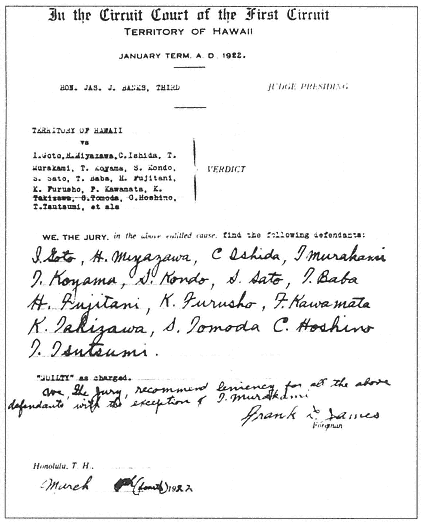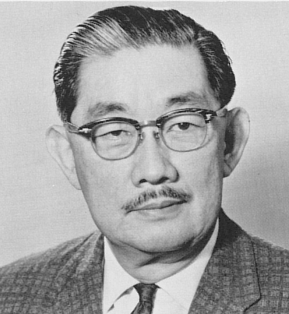The ancient Hawaiian religion, kapu, was an oppressive system of prohibitions. The law of kapu was extended to every act in life, and it even followed the believer beyond the grave. (Bishop Museum)
Heiau (temples) were so numerous in the thickly settled country near the shore that from the walls of one the next was plainly to be seen. Ellis (1823) tells us that from Kailua to Kealakekua on Hawaiʻi there was at least one heiau to every half-mile along the trail. (Brigham)
While Kū, Kāne, Lono and Kanaloa were the great gods, almost every man had his private deity, while his wives had others. There was Laka (hula dancers,) Kuʻula (fishermen,) Hina (the wives,) Laʻamaomao (the winds) and so on that were worshipped.
Anything connected with the gods and their worship was considered sacred, such as idols, heiau and priests. Because chiefs were believed to be descendants of the gods, many kapu related to chiefs and their personal possessions.
The features of their religion were embodied in idols which were of every variety imaginable, from hideous and deformed sculptures of wood, to the utmost perfection of their art. (Jarves)
Idols were made of different materials; some of the wooden idols were carved from the ʻōhia tree. In cutting the haku ʻōhia, as the idol was first called, many prayers were uttered and tedious ceremonies lasted days or even weeks if the omens were unpropitious.
In the making of an idol, a suitable ʻōhia tree had previously been selected, one that had no decay about it, because a perfect tree was required for the making of the haku-ʻōhia idol; and when they had reached the woods, before they felled the tree, the kahuna haku ʻōhia approached the tree by one route, and the man who was to cut the tree by another; and thus they stood on opposite sides of the tree. (Malo)
This intricate system that supported Hawai‘i’s social and political structure directed every activity of Hawaiian life, from birth through death, until its overthrow by King Kamehameha II (Liholiho).
Shortly after the death of Kamehameha I in 1819, King Kamehameha II (Liholiho) declared an end to the kapu system. In a dramatic and highly symbolic event, Kamehameha II ate and drank with women, thereby breaking the important eating kapu.
When the meal was over, Liholiho issued orders to destroy the heiau and burn the idols, and this was done from one end of the kingdom to the other. (Kuykendall)
This changed the course of the civilization and ended the kapu system, effectively weakened belief in the power of the gods and the inevitability of divine punishment for those who opposed them.
The end of the kapu system by Liholiho (Kamehameha II) happened before the arrival of the missionaries; it made way for the transformation to Christianity and westernization.
Later, in 1831, Kaʻahumanu visited all of the islands to encourage the people to learn to read and write; she also pronounced certain laws orally about which she wished to instruct the people, including “Worshiping of idols such as sticks, stones, sharks, dead bones, ancient gods, and all untrue gods is prohibited. There is one God alone, Jehovah. He is the God to worship.” (Kamakau)
However, not all agreed. There were a large number who refused to cast aside their old practices; and many idols, instead of being burned, were merely hidden from sight. Even among those who outwardly conformed to the new order were many who secretly clung to their idols; the old gods of Hawaiʻi had their devotees for a long time after 1819. (Kuykendall)
In part, this was evidenced in 2005, when a North Kona lava tube containing more than 30 kiʻi (Hawaiian religious images) were discovered during the construction at what was then known as “The Shores of Kohanaiki.” Some believe the cave served as storage or a hiding place. Some have also suggested that it might have been a secret place of worship.
The discovery is regarded as especially significant because there were no human remains found with the objects, leading many to believe that they were hidden away after the abolishment of the ‘ai kapu system in 1819. (OHA)
An initial chamber about 12-feet high and 60-feet long leads to a second, smaller chamber containing the wooden images and stone uprights. “(A)side from the initial puncture point in the ceiling, the cave interior appears to be structurally sound and does not present a threat of collapsing at this time.”
“About three-dozen of the wooden images are made from limbs of varying dimensions, carved with slits for eyes and a mouth. They were left in this natural state with no other carved or stylistic features.”
“They are all similar and may have been carved by the same person or personages who were schooled under the same priestly order. A few of the kiʻi retain the ‘Y’ shaped fork created by the outgrowth of two branches, with eyes and mouth carved below the split.” (OHA)
This isn’t the first such find.
The Pacific Commercial Advertiser reported (September 23, 1876,) “Recently some of the employees of Dr Trousseau in North Kona Hawaiʻi discovered a lot of wooden idols of the olden time, in a cave on the mountain. They were in a good state of preservation and had doubtless been undisturbed in their hiding place since the time when they were deposited there to escape the general destruction of idols by order of Kaahumanu”.
This earlier discovery on the side of Hualālai was the first reported discovery of such a large clutch of images, under circumstances suggesting either the survival of a secret cult, or a shrine predating the abrogation of the traditional religion. (Rose)
All were carved from ʻōhia logs; the bark was removed and both ends were roughly hacked to blunt points. Although some individuality was in each carving, several similarities stand out: wide grooves and shallow cuts to delineate circular eyes and mouths.
King Kalākaua acquired the great majority of the images from the Mt Hualālai cave; it is not clear whether he actually visited the cave. Despite, or perhaps because of, their relative simplicity, they share some claim to be numbered among the most unusual of all Hawaiian carvings. (Rose) Of the total 26 or so post images taken from the Mt Hualālai cave, 12 are preserved in three museums in Europe and the US.
The two finds noted here, although both in North Kona, were in significantly different areas: Kohanaiki near the shoreline (that cave with all the kiʻi has been sealed in 2006) and the other is way up the side of Hualālai (all of the contents of that cave were removed by 1885.) Some have labeled these caves as “Ke Ana O Ke Kiʻi” (The Cave of Images.)

































